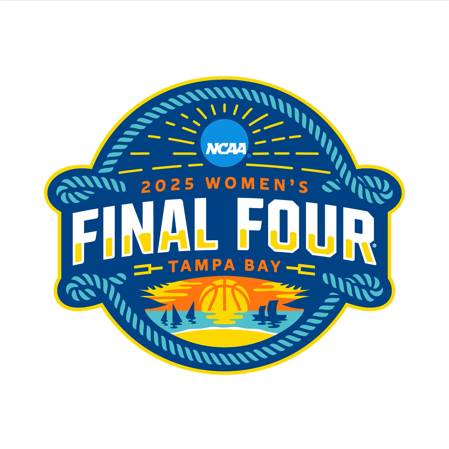A crowd in Davis Hall waited eagerly as the robots prepared for combat.
A robot with a gigantic rotating blade opposes a robot with two wheels and two metal horns .It takes several minutes, but the horned robot is destroyed. A pile of metal, plastic and electrical components is all that is left.
The capacity crowd cheers before heading on to the next event.
USF St. Petersburg hosted the St. Petersburg Science Festival along the Bayboro waterfront on Oct. 17-18. The festival is held in partnership with the Fish and Wildlife Commission’s event, MarineQuest.
The combined event featured animals, arts and crafts, robotics, boat tours, experiments, marine touch tanks and hundreds of other events.
Bryan Gallo, of the USF Robotics Interest Group, said he has been working with the robot wars for three years.
“These robots are actually pretty simple,” Gallo said, adding that they use a lot of spare hobby parts from remote-controlled cars and aircraft. The competition has 12 teams, and the robot makers start young.
At the science festival, the youngest competitor was 15. Some of the events that Gallo has attended have featured children as young as seven years old as competitors.
Other exhibits featured anatomy and wildlife.
Nick May, a USFSP student volunteer, poked at a life-sized skeleton covered in small notes. His partner in the anatomy exhibit, Sydney Meloche, assisted in teaching students about anatomy. Not sure of the right name for the jawbone? May and Meloche quizzed to see if anyone knew the answer: mandible.
“It is fun when the children are up and the parents get involved to because we have a common name and the actual anatomical name, and the parents don’t know either,” Meloche said.
The first day of the festival, Oct. 17, was reserved for schools to take their students through the exhibits, and the second day is open for the general public. Aside from robots and anatomy, guests could learn about marine life.
An inflatable right whale on the ground took over Poynter Park. Erin Fougeres from NOAA Fisheries taught elementary and middle school students about the whale. The situation the right whale is in looks grim, with only around 500 remaining.
“The issue that we are trying to explain to the children is what behaviors we need to do to prevent the whale from colliding with boats,” Fougeres said.
The two most major threats to the whale are ship strikes and fishing gear mishaps. Fougeres teaches what the children can do to protect right whales. According to Fougeres, right whales have Florida and Georgia as the only known calving grounds, so sharing information on them as important.
“I really liked the fish exhibits over at the Fish and Wildlife MarineQuest,” David Sebastian said, who was brought his family to the event.


